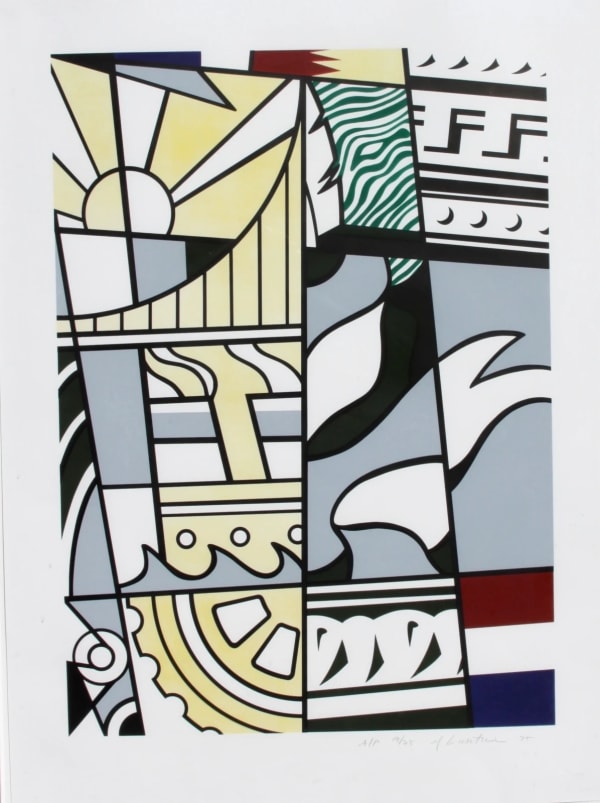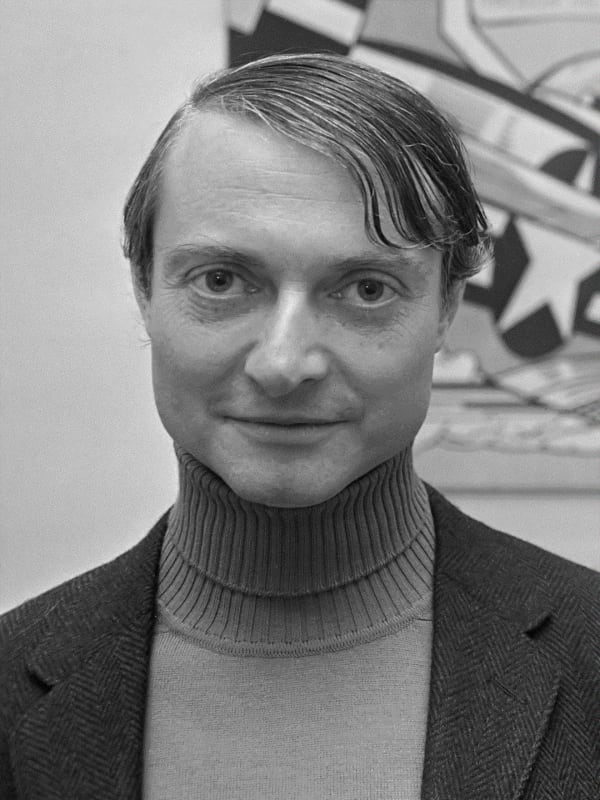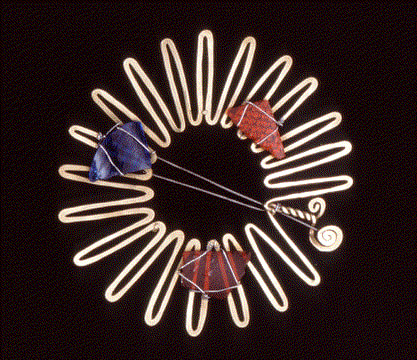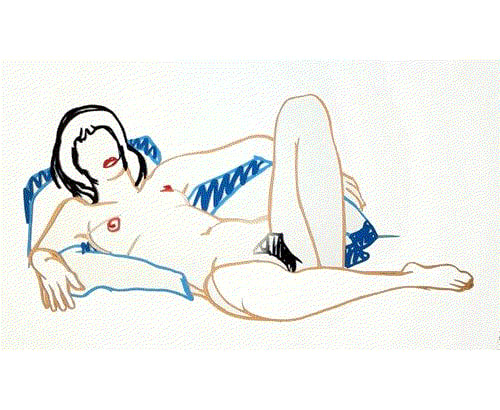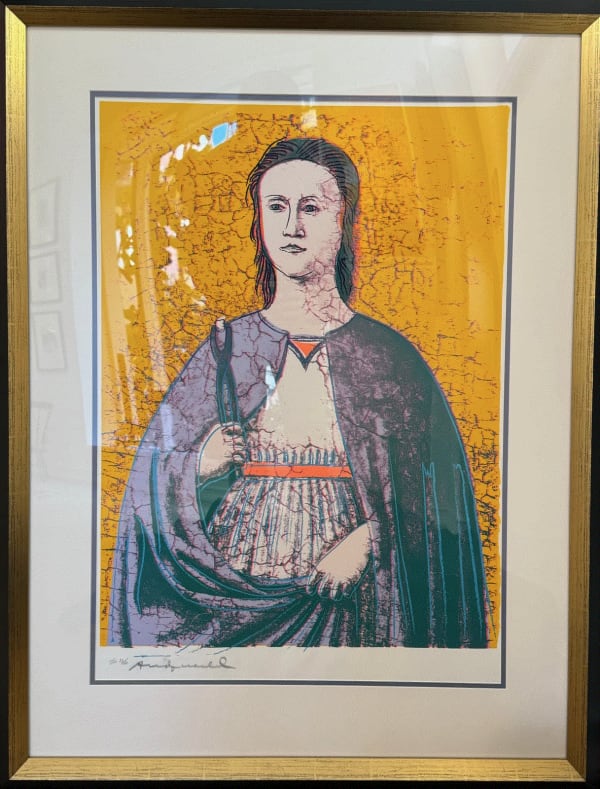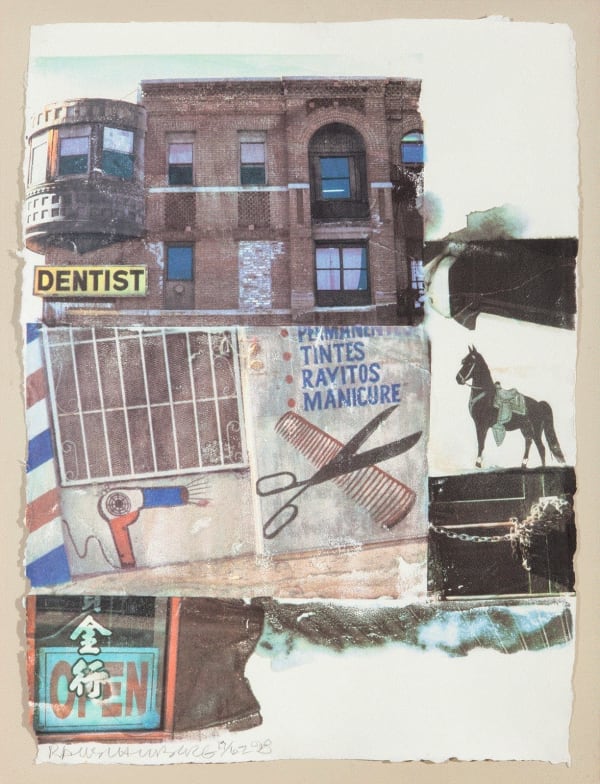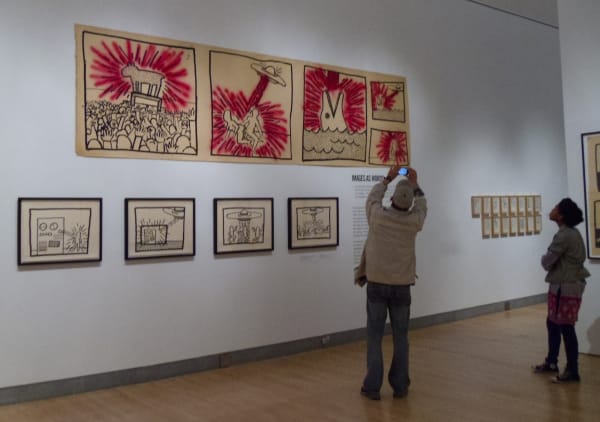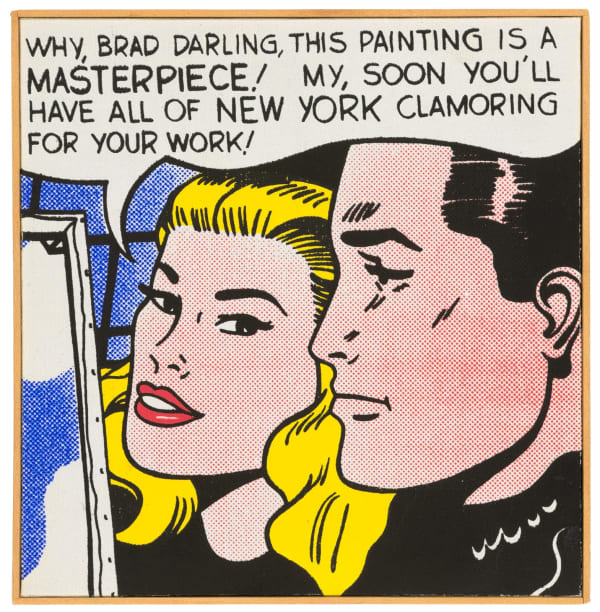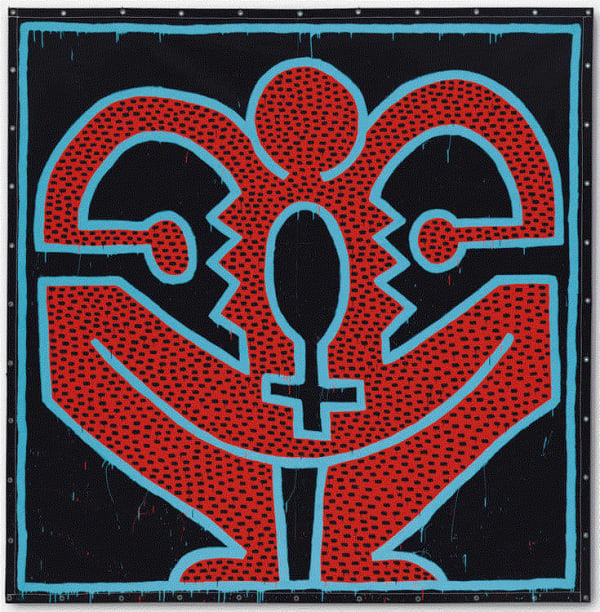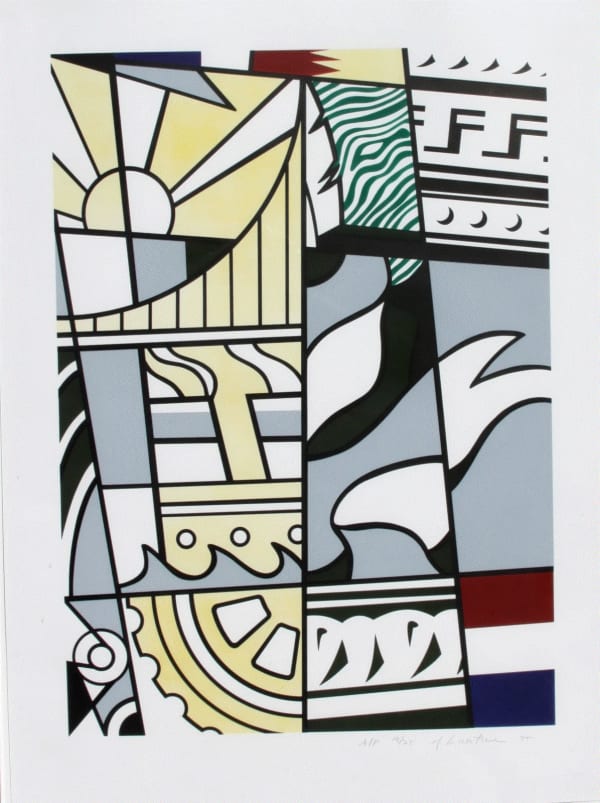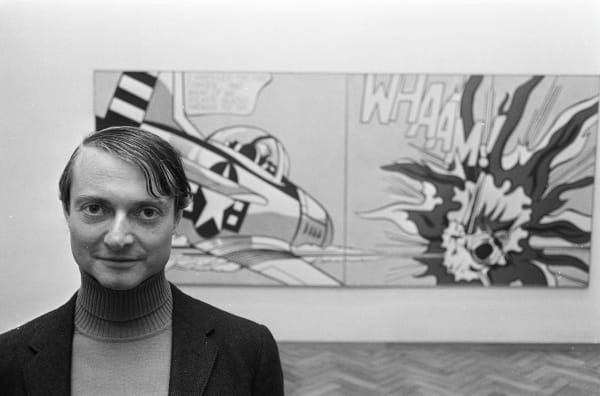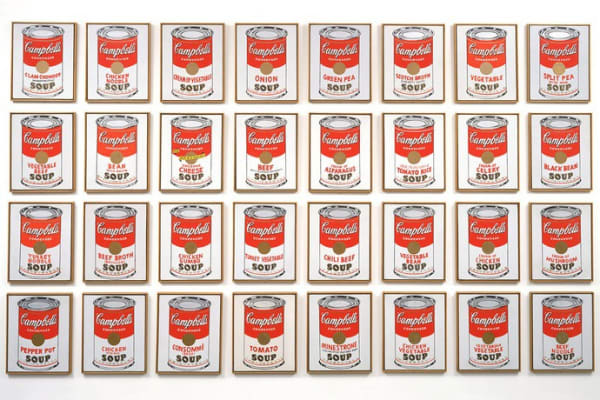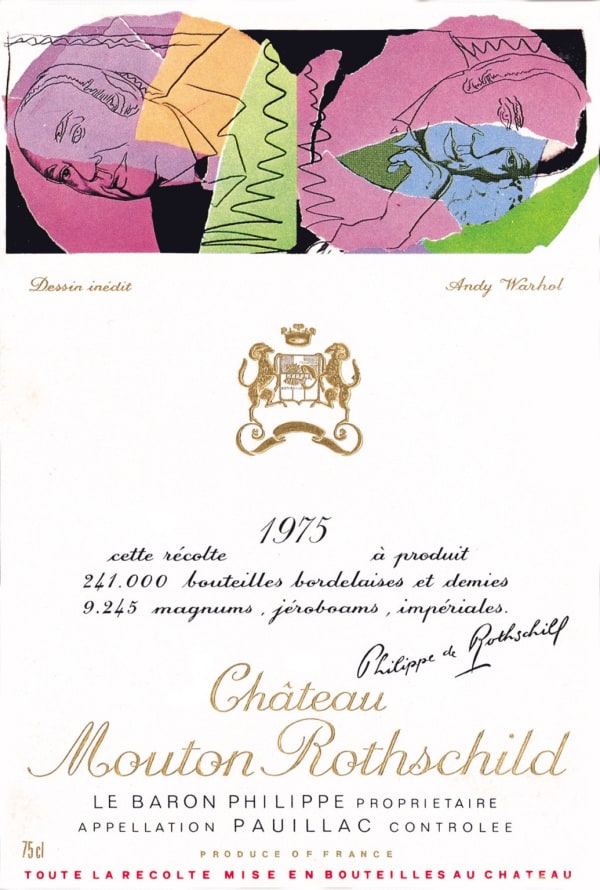Andy Warhol
In the future everybody will be world famous for fifteen minutes.
– Andy Warhol
Andy Warhol was the most successful and highly paid commercial illustrator in New York even before he became a world famous artist and icon.
Andy Warhol was born Andrew Warhola in Pittsburgh in 1928. He was the youngest of three sons born to Czechoslovakian immigrant parents, Ondrej and Julia Warhola. Ondrej, who worked as a coal miner, died when Warhol was fourteen. Julia, was an amateur artist, who encouraged Warhol to draw and paint and gave him his first camera when he was nine years old.
Warhol suffered from Sydenham's chorea, also known as St. Vitus' Dance, as a child, and often stayed home from school, listening to the radio, reading magazines and learning about popular culture. He graduated from high school at age sixteen and studied design at Carnegie Mellon University. After graduating, in 1949, Warhol moved to New York, where he began an illustrious career as a commercial illustrator. His first job was illustrating an article for Glamour magazine titled, "Success is a Job in New York.”
Throughout the 1950s Warhol created ads for popular magazines like Vogue, Harper’s Bazaar and The New Yorker and window displays for high-end retail stores. His work for I. Miller & Sons shoes company garnered him awards from the Art Director's Club and the American Institute of Graphic Arts.
In 1952 he shortened his name to Warhol and began to work on his own art. His first solo show was an exhibit of Fifteen Drawings Based on the Writings of Truman Capote at the Hugo Gallery. His continued success garnered him a place in a group show at the Museum of Modern Art in 1956. By 1960 Warhol began to create his first Pop Art paintings, using ads and comics and eliminating brushstrokes and any other signs of the human touch. He bought a townhouse on the Upper East Side, where he lived with his mother, and rented a nearby obsolete fire house to use as a studio. The studio provided him with more space and privacy and, in 1961, he began his iconic Campbell’s Soup paintings. He then went on to use stencils and silkscreen to create images of popular consumer goods.
The success of his work enabled him to rent a studio, that he called The Factory on East 47th Street and to hire assistants to mass produce works that challenged the definition of art. Warhol also made about 600 films in the 1960s and 70s, founded Interview Magazine in 1969 and chronicled much of his life on Polaroid film. On June 3, 1968, Valerie Solanas, who had been a regular at The Factory, shot and badly wounded Warhol. She told police that she thought Warhol, “had too much control over my life.” The resulting injuries left Warhol with physical difficulties throughout the rest of his life and subdued the energy and output at The Factory.
He was given a retrospective at The Whiney in 1971 and continued to work on portraits, with many commissions from the rich and famous. In the 1980s his career was energized by his association with young artists like Jean-Michel Basquiat and Keith Haring.
Warhol died in New York Hospital in February 1987, after what was supposed to be routine gallbladder surgery. He was 58. He was buried near his parents in a cemetery just south of Pittsburgh. A memorial service was held for Warhol at St. Patrick's Cathedral in New York on April 1, 1987, with over 2,000 people in attendance. Andy Warhol continues to be one of the most influential artists the world has known, challenging and redefining the role of art, and the artist, in the modern world. The Andy Warhol Foundation not only holds the artist’s works, but also supports art institutions around the world.
References:
Grace Glueck. Warhol is Remembered by 2,000 at St. Patrick’s. The New York Times. April 2, 1987
Jesse Kornbluth. Remembering the World of Andy Warhol. New York Magazine. March 9, 1987.
Send me more information on Andy Warhol
-

Richard Pettibone: The Art of Appropriation
July 18, 2025When I was in art school I was told that there were two things I should never do if I wanted to be a successful...Read more -

Derrick Adams Honored in NYC
Andy Warhol at Auction June 5, 2025Brooklyn-based artist Derrick Adams will be presented with the 2025 Gina Quattrochi Arts & Legacy Award on June 16th. The award is being presented by...Read more -

Roy Lichtenstein Commemorations Continue
Robert Motherwell's Prints and Books at the NY Public Library May 2, 2025I don’t have big anxieties. I wish I did. I’d be much more interesting. – Roy Lichtenstein (1923-1997) Dorothy Lichtenstein established the Lichtenstein Foundation in...Read more -

Fine Art Print Week in New York
Fine Art Prints at Surovek Gallery March 28, 2025An etching is a conversation between artist and plate. - Rembrandt van Rijn Printmaking is controlled accident. - Robert Rauschenberg It’s Print Week in New...Read more -

Continued Celebrations Planned to Honor Roy Lichtenstein
Lichtenstein's Peanut Butter Cup Sold at Sotheby's March 6, 2025What can you paint that isn’t ridiculous from the outset? –Roy Lichtenstein Roy Lichtenstein’s Peanut Butter Cup, 1962 , sold for £1,019,000 ($2,085,000) at Sotheby’s,...Read more -

The Works of Kaloki Nyamai at Surovek Gallery
Venet Jewelry Exhibit at the Norton. The AGB Expands in Lakeland January 23, 2025Kenyan artist Kaloki Nyamai (b.1985) had his New York debut and first solo exhibition at the Cohan Gallery last March. His works depict daily life...Read more -

Tom Wesselmann Retrospective in Paris
December 12, 2024Tom Wesselmann (1931-2004) began his career as a cartoonist and illustrator for men’s magazines. It was after he left his home in Cincinnati and moved...Read more -

Surovek Gallery at Art Miami 2024
November 27, 2024This year marks the 34th Edition of Art Miami and we are pleased to be a part of the city’s original and longest running modern...Read more -

An In-Depth Look at Andy Warhol's Mother
Keith Haring's Love Stamp. The Work of Orville Bulman November 21, 2024A recently released biography of Julia Warhola delves into the life of the woman who was a major influence on her son, Andy . Andy...Read more -

A Thimbleful of Red at Surovek Gallery
November 9, 2024A thimbleful of red is redder than a bucketful. - Henri Matisse An exhibit at the Nassau County Museum of Art called Seeing Red: Renoir...Read more -

Andy Warhol's Tributes to the Famous
Wolf Kahn Remembered October 18, 2024The best thing about a picture is that it never changes, even when the people in it do. —Andy Warhol A few weeks ago, a...Read more -

Robert Rauschenberg's Works in New York and California
October 10, 2024Artists drag other parts of society into a confrontation with the unknown. - Robert Rauschenberg Works by Robert Rauschenberg (1925-2008) are currently on exhibit at...Read more -

Andy Warhol & Keith Haring. Party of Life in Munich
October 3, 2024'Andy's life and work made my work possible. Andy set the precedent for the possibility for my art to exist. He was the first real...Read more -

Remembering Richard Pettibone 1938-2024
September 24, 2024I wanted to be a great painter. What better way to do that than to copy a great painting? – Richard Pettibone Richard Pettibone died...Read more -

In Memoriam: Dorothy Lichtenstein, 1939-2024
The widow of Pop artist Roy Lichtenstein, and a generous patron of the arts, died at age 84 July 18, 2024Dorothy Lichtenstein died on July 4, 2024 at her home in Southampton, New York at age 84. The cause of death was reportedly heart failure...Read more -

The Legacy of Keith Haring
May 24, 2024Keith Haring (May 4, 1958 - Feb 18, 1990) left a legacy of kindness and caring through his deeds and through his art. He believed...Read more -

Roy Lichtenstein Retrospective in Vienna
Andy Warhol's Apollonia Now Available at Surovek Gallery April 20, 2024The centennial celebration of the life of Roy Lichtenstein (1923-1997) began last April, when the United States Post Office held a ceremony at the Whitney...Read more -

Surovek Gallery at Art Miami 2023
November 30, 2023At Surovek Gallery our focus is on the finest American paintings, drawings, watercolors and prints of the 19th, 20th and 21st centuries; the oeuvre which...Read more -

Roy Lichtenstein's Centennial Celebrations Continue
November 9, 2023Roy Lichtenstein (October 27, 1923 - September 29, 1997) would have turned 100 this year. Centennial celebrations are being held in major museums and galleries...Read more -

The Influence of Mothers on Their Budding Artists
Happy Mother's Day May 11, 2023Alex Katz’s recent retrospective at the Guggenheim began with a portrait of his mother, Sima Katz. He painted the work in 1946, when he was...Read more -

Derrick Adams Funtime. Andy Warhol Symphony.
2026 Roy Lichtenstein Retrospective Announced April 29, 2023The works of Derrick Adams are being seen all over Chicago during this years’ Expo Chicago 2023. His Funtime Unicorns , interactive sculptures based on...Read more -

Frank Stella's Day Job, Rapper Drake Restores Luna Luna Art Park
March 10, 2023Frank Stella ’s father emigrated from Italy and worked as a house painter to put himself through medical school to become a gynecologist. Stella worked...Read more -

Jean-Michel Basquiat: The Superhero Portfolio
November 16, 2022Jean-Michel Basquiat 1960-1988 Jean-Michel Basquiat was at the height of his career in 1983; he had his second solo show in Los Angeles, was the...Read more -

The Collaboration: Andy Warhol and Jean-Michel Basquiat
July 12, 2022Andy Warhol 1928-1987 Sixty years ago Andy Warhol exhibited 32 paintings of Campbell's Soup Cans…one for each flavor of soup that the company made back...Read more -

Wine Labels by Some of Our Favorite Artists
January 25, 2022A warm glow from a fireplace and a glass of red wine can ease the cold of a winter night…even better if the wine bottle...Read more -

Celebrating 80 Years at the Norton Museum of Art
February 10, 2021The Norton Museum of Art opened to the public on February 8, 1941 and has been serving West Palm Beach and the surrounding community for...Read more -

Picasso and Warhol in Beijing
October 6, 2020Pablo Picasso and Andy Warhol in Beijing Art lovers in Beijing flocked to the UCCA Center for Contemporary art last summer to view a retrospective...Read more -

Alexander Calder and Artists of The Hamptons
August 5, 2020Alexander Calder A sculpture by Alexander Calder sold at a Paris auction for more than $5.5 million on July 9th. The 11-foot tall sculpture is...Read more -

Fine Art Prints by Modern Masters
June 5, 2020The annual Fine Art Print Fair , the world’s the largest international art fair, celebrating 500 years of printmaking, was scheduled to be held at...Read more -

Palm Beach Art Galleries
June 12, 2019In 1879, New York industrialist and oil tycoon, Henry Flagler, visited Florida and envisioned the creation of an American Riviera. It was the right time,...Read more -

Robert Indiana: LOVE At the Mall
January 9, 2019The fate of the estate of Robert Indiana is still uncertain, but there is no uncertainty about the increased interest in his work. Robert Indiana’s...Read more -

Keith Haring Mural Uncovered in Amsterdam After Thirty Years Under Wraps
June 28, 2018Keith Haring’s work became a New York staple, with a built-in audience, when he began drawing his iconic designs on blank ad spaces in the...Read more






